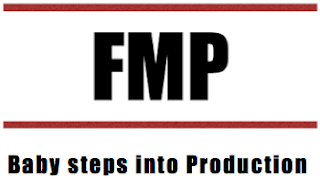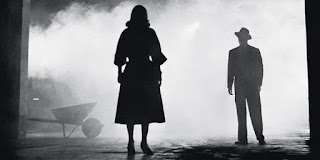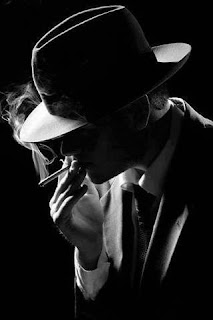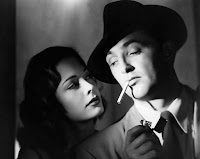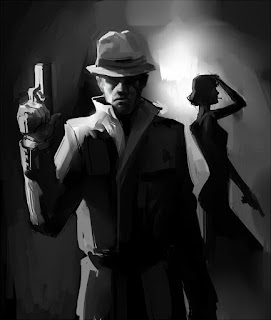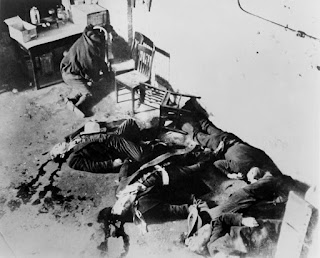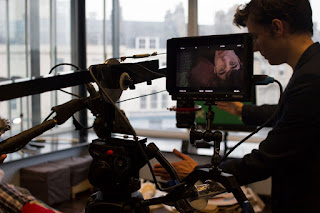 There is no one piece of equipment that will make a film amazing, nor make a great filmmaker. Instead, we use each but of equipment and method like puzzle pieces. On there own they are little use to anyone, but when brought together, they form the bigger picture. Adding weapons to your arsenal strengths and broadens your ability. Something that I have wanted to add to my personal armoury for a while is that of jib/crane shots.
There is no one piece of equipment that will make a film amazing, nor make a great filmmaker. Instead, we use each but of equipment and method like puzzle pieces. On there own they are little use to anyone, but when brought together, they form the bigger picture. Adding weapons to your arsenal strengths and broadens your ability. Something that I have wanted to add to my personal armoury for a while is that of jib/crane shots.This technic was pioneered in Hollywood during the nearly 1940s before homed in by late 1960s. It involves mounting a camera onto an apparatus which can drastically add height to a shot. Specially made equipment was soon produced, but was only available to big studios as they cost a small fortune. However, as time went on and filmmaking gear became more readily available, the price dropped significantly.
The purpose of a Jib is to had a vertical movement to the camera. This could be to get a high angle of a new location and then to dip into the action as the camera goes down to street level. It also has a native production value about it. The average viewer will associate a jib shot with larger productions, meaning it can make something with a small (or no) budget seem a lot larger scale.
Examples of Jib shots can be seen in almost every Hollywood film for the last 60 years. Famous examples include the opening scene in Touch of Evil (Orson Welles. 1958), High noon (Fred Zinnermann. 1952), Breaking News (Johnnie To. 2004) and The Stunt Man (Richard Rush. 1980). As you can see, the technic spands all genres and has a verity of uses.
I have a small experience with Jibs. On our last short film "Scribes" we used what is know as a pocket Jib to great effect. This is simply a smaller version of a larger Job. This was to achieve a birds eye view of are lead laying on the sofa. The birds eye shot is one that I am particularly keen on.
We have done some short tests with a larger Jib, the footage I shall include in my 3.1 - 3.2 vlog.





